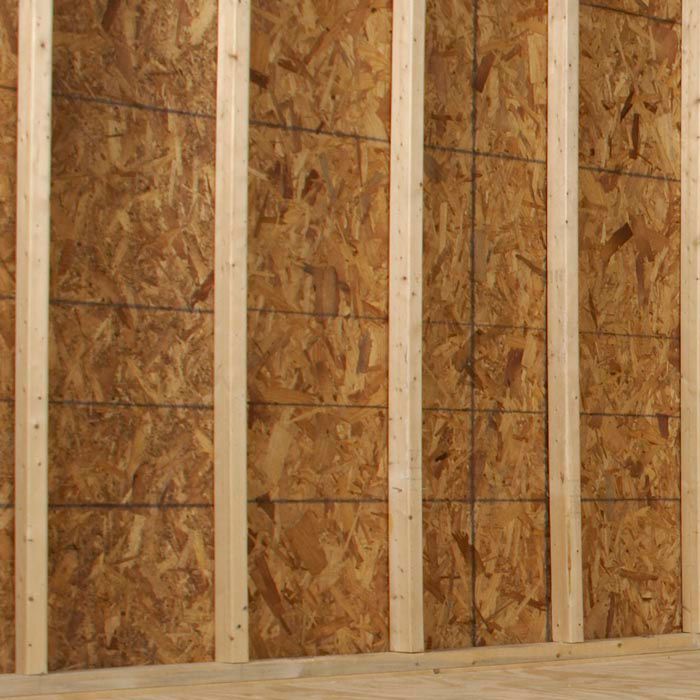One of the things you will run into once you own a house is hanging things up on the walls, such as pictures, clocks, curtain rods and other items.
If something is very light, such as a plastic clock, the process will be very straightforward as you can put a nail anywhere in the wall and it will be able to support the clock.
The way the walls in your house work is that they are covered with what is called drywall. Drywall (also called plasterboard) covers all of the interior walls and is generally only 0.5 inches thick or less. You might notice that if you nail something into the wall, the nail only encounters resistance the first half inch or so and then slides all the way through. This is because there is nothing but empty space behind the drywall (unless you reach a stud, more about this later), so the nail encounters no more resistance once it has passed through the drywall. Since the drywall material is thin you don’t want to hang anything heavy in drywall without some sort of additional support since the heavy object will eventually rip out the nail or screw from the drywall and fall to the ground.
If you are hanging up something heavy you have two options:
- Hang up the item in the drywall using an anchor or some other type of support
- Hang up the item in the studs in the wall
You might be asking, what is a stud? Behind the drywall, a thick board (like a 2 x 4) is placed every 16 to 24 inches, and these boards are called studs.
The picture below shows this clearly, you can see the drywall interspersed with studs.

When hanging up anything in your house (a picture, a handrail and so on), it is preferred to hang it up in a stud because then the nail or screw is going into a 2 inch thick wood board and not a 0.5 inch thick dry wall board.
The issue however, is that since the studs are behind the wall you cannot tell where they are. This is where the stud finder comes in. A stud finder is a tool which you slide across the wall and will tell you where the stud is located. It usually indicates where the stud starts, the center of the stud and where the stud ends.
A stud finder is pretty inexpensive. The one I use has worked well and only costs $25, it can be found on Amazon here: Zircon StudSensor e50 Electronic Wall Scanner / Edge Finding Stud Finder / Live AC WireWarning Detection
In the video below I show how to use a stud finder.
Sometimes you will need to hang up something heavy but can’t place it directly in a stud, as you will want it to be in the exact middle of the room or some similar reason. To hang up something like this you will need to use an anchor in the dry wall. The anchor will spread out against the drywall, holding the item in place. Usually a screw needs to go in the anchor to make the anchor spread out and a nail cannot be used.
In the video below I provide some details on wall anchors.
Hope you found this useful. If you have any questions e-mail me at lifehackanddiycontact@gmail.com.